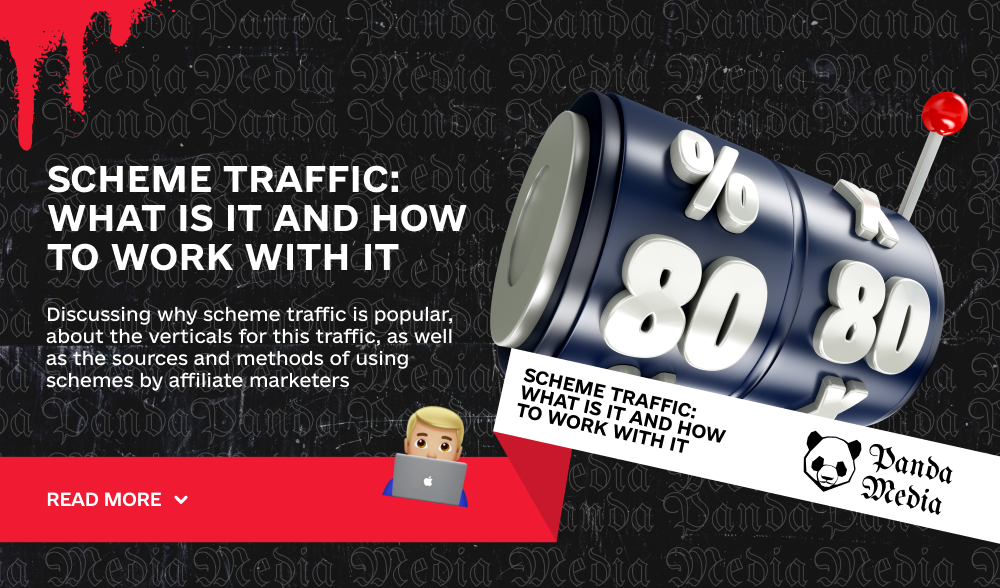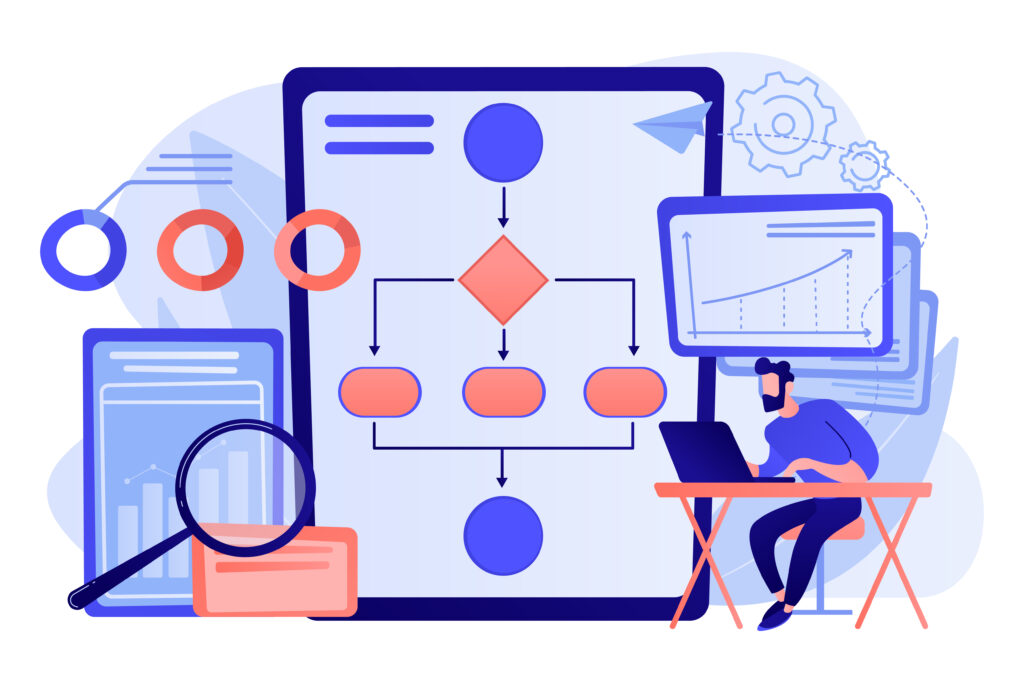Don't miss interesting news

Schema traffic is an improved form of motivated traffic, characterized by higher quality and efficiency. Unlike basic motivated traffic, where attention is attracted by offering earnings, schema traffic attracts users with stronger motivational factors, such as bonuses or other forms of rewards.

This type of traffic is characterized by deep trust and persuasiveness in connecting with the audience, often achieved through a personal brand on social media or a YouTube channel. Content creators share, for example, their “unique” methods for success in trading, casino bypasses, or sports betting strategies, convincing the audience of their effectiveness based on their own experience.
This approach does not require a significant investment compared to advertising on large platforms such as Google or Facebook. A budget of 300-500 dollars is usually enough to reach the target audience in medium and low-competitive countries (Tier-2 and Tier-3).
Since the inception of affiliate marketing, schema traffic has remained in demand mainly because of the promise of quick and big earnings. People in the age group of 25 to 45 years often believe in the possibility of getting rich easily by participating in various schemes, seeing them as a chance for a secure existence. Exploitation of such human qualities as laziness, greed, envy, and naivety is at the heart of making money from scheme traffic.
Stories of personal success, based on examples from the content creators’ own lives, attract the audience’s attention, motivating them to participate in gambling and make deposits in the hope of getting rich quickly. Consumers of such schemes will exist constantly, providing a constant demand for such traffic.
In gambling, some arbitrageurs go one step further by offering compensation for the first bet to incentivize users to come back and keep playing, thereby increasing their chances of winning.
Scheme traffic is not just limited to gambling promotion, it can also be effectively utilized in a variety of market verticals.
Such verticals include:
Despite the wide range of applications of schema traffic in various sectors, it is not always suitable for every advertiser due to the peculiar behavior of the attracted audience, which may not be active in the form of repeated deposits. Therefore, it is important to carefully read the terms and conditions of the affiliate program and choose the most suitable strategies and offers for your campaigns.

Arbitrageurs develop schemes to attract traffic on their own, find ready-made ones in affiliate programs or discover them on the Internet, and then adapt them to their needs. In the context of gambling, for example, they can offer a methodology, allegedly working exclusively with a particular casino, with a call to click on the link. When the user starts playing and makes deposits, the arbitrageur gets their cut when the player loses. Arbitrageurs can use news updates, personal earnings demonstrations, tutorials, or casino reviews to increase the appeal of the content.
In betting, specialized channels or communities are created where the most interested users are selected from the audience to be redirected to VIP groups with access to exclusive information on betting games and links to betting shops. An alternative approach includes creating sites with forecasts from various experts and recommendations from the best bookmakers.
In the field of trading and binary options are practiced blogs in which the authors allegedly share the secrets of success. To create trust in the audience, real photos are published (actors are used or images are selected online) and the image of an expert is formed. After attracting the attention of visitors to the site, various schemes with attached affiliate links are presented.
Schema traffic is a method of attracting audiences through specialized strategies and promises of high returns, often used in gambling, betting, trading, and binary options. This approach involves creating compelling content that motivates users to take certain actions, such as making deposits or signing up for platforms.
Arbitrageurs develop or adapt existing schemes to attract traffic by creating content that promises quick returns or provides “exclusive” strategies for success. They utilize various platforms such as social media, YouTube channels, themed websites, and blogs to spread their schemes and attract a targeted audience.
Scheme traffic is most often associated with gambling, betting, trading, and binary options. These spheres assume a high interest from the users’ side for quick earnings and are suitable for applying promises of high income and “unique” strategies.
The main risk is the possibility of violating the law or the rules of the platforms on which the content is distributed. In addition, there is a risk of losing the trust of the audience when unrealistic promises are revealed. Also, arbitrageurs may face blocking of accounts and advertising campaigns.
To ensure that scheming traffic is ethical, it is important to provide the user with complete and honest information about the potential risks and real opportunities. You should not promise guaranteed returns or use misleading claims. This approach helps to avoid manipulation and maintain the trust of the audience.